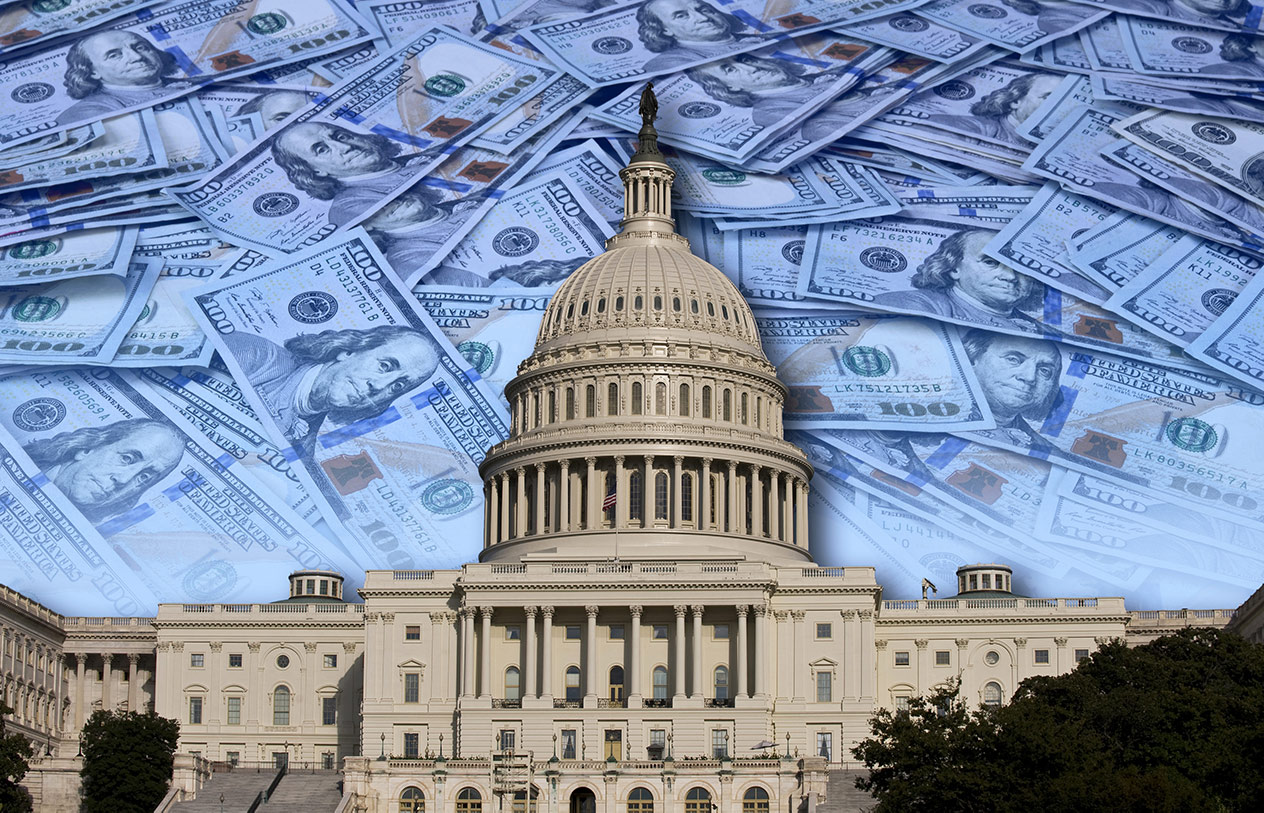
January 22, 2020
In its third annual analysis, the Rockefeller Institute of Government has estimated the distribution of Federal Budget receipts and expenditures across the United States. This report examines where Federal funds are generated and spent, the balance-of-payments differential that exists between the states, the primary explanations for those differences, and how these gaps change over time.
This annual analysis is designed to aid policymakers as they continue to discuss whether there is too much redistribution or too little, and the impact of those redistribution decisions on states. The Rockefeller Institute estimated detailed revenue and spending data for Federal Fiscal Year (FFY) 2017 and developed a preliminary data series for FFY 2018. This report presents a national analysis while paying close attention to New York.
[iheu_ultimate_oxi id=”24″]
The findings are clear: New York’s residents and businesses send more total revenue to the Federal government than any other state and continue to contribute more in taxes than the state receives back in Federal spending. Key findings from this year’s report include:
+ Over four years, New York taxpayers have given $116.2 billion more to the federal government than they received back in federal spending.
+ Preliminary analysis of 2018 data indicates that at -$22.0 billion, New York maintains its 2017 rank as having the least favorable balance of payments of any state in the nation.
+ New York’s shortfall in 2018 is larger than that of second-ranked New Jersey (-$11.5 billion) and third-ranked Massachusetts (-$9.1 billion) combined. Connecticut and Colorado round out the list of the states with the least favorable balances.
+ The New York State per capita balance of payments, -$1,125, continues to rank as one of the least favorable in the nation. New York’s negative per capita balance of payments is less than all but three other states.
+ The Federal per capita balance of payments in 2018 is $2,063. New Yorkers pay $3,188 more than this average.
+ Since 2015, the average annual excess burden for New York residents per capita has been $3,235. The aggregate balance of payments for New Yorkers during this time period was over $116 billion.
The initial impact of the Federal Tax Cuts and Jobs Acts of 2017 (TCJA) can be seen in the preliminary estimates for 2018. The TCJA has shifted revenue collection from corporate income tax to individual income taxes. The share of Federal revenue generated from individual income taxes grew from 50.3 percent in 2017 to 53.0 percent in 2018. This shift places a larger portion of the Federal tax burden on states with a greater number of high-income earners, such as New York.
The preliminary 2018 analysis is based on the recently released 2017 Statistics of Income series by the Internal Revenue Service and final FFY 2018 Federal data from the Budget of the U.S. Government, Fiscal Year 2020. The analysis finds a 6 percent increase in Federal income tax receipts between 2017 and 2018 while total Federal revenues remained relatively flat. These changes in Federal tax policy are likely to continue to have flow-through effects on New York’s Federal tax burdens.
As the overall distribution of tax burdens and Federal Budget spending across the nation changes over time, understanding how these changes impact the states provides critically important information when evaluating the fairness and appropriateness of proposed changes in fiscal policy.